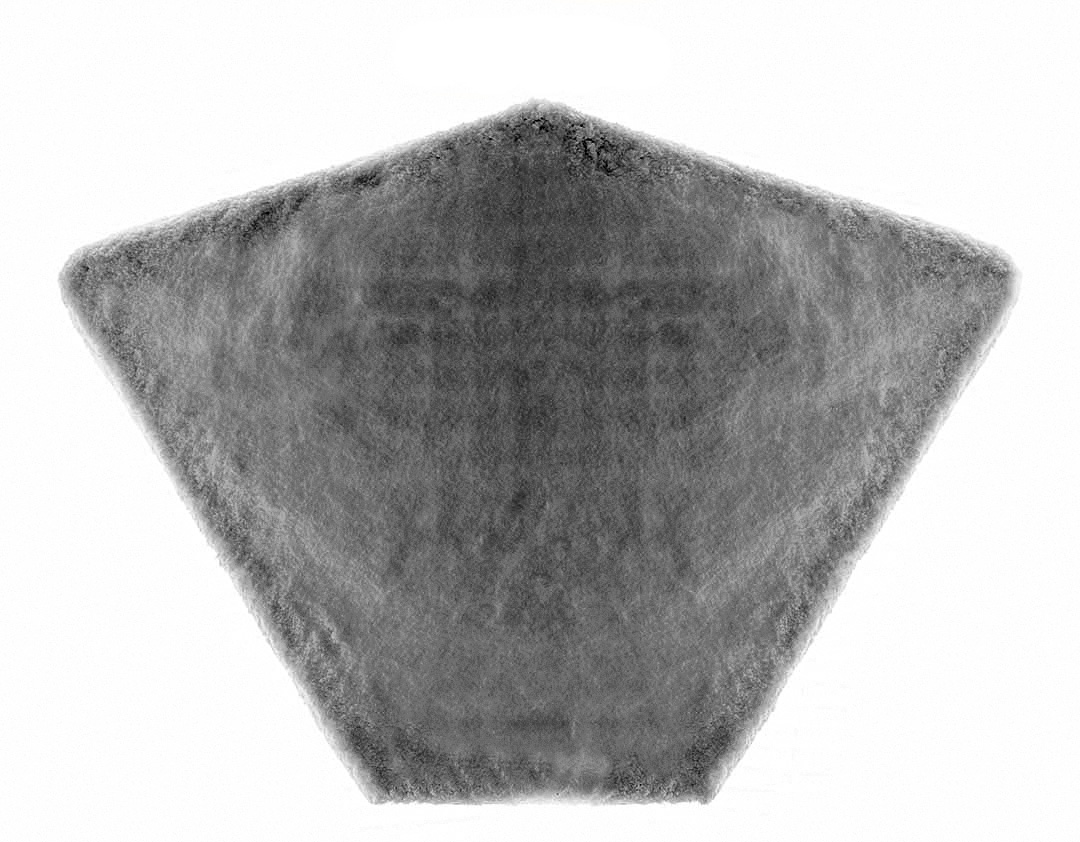Eliminating Phosphorus in Wastewater Treatment Plants
eliminating phosphorus in wastewater treatment plants
Eliminating phosphorus in the third and fourth treatment stages of wastewater treatment plants
Phosphorus is a major pollutant that can have significant impacts on the environment and public health. It is commonly found in wastewater and is difficult to remove through traditional treatment methods. However, with the use of advanced technical textiles, it is possible to eliminate phosphorus in the third and fourth treatment stages of wastewater treatment plants.
The third treatment stage in a wastewater treatment plant involves the removal of nutrients, such as phosphorus and nitrogen, that can cause eutrophication in receiving water bodies. Eutrophication occurs when excessive nutrients stimulate the growth of algae and other aquatic plants, leading to reduced oxygen levels and negative impacts on aquatic life. Removing phosphorus is critical to preventing eutrophication and preserving the health of our waterways.
One of the most effective methods for removing phosphorus in the third treatment stage is through the use of cloth filters made from technical textiles. These filters are designed to capture small particles, including phosphorus compounds, and provide a high level of filtration efficiency. This ensures that the effluent leaving the plant is of high quality and free of pollutants.
In the fourth treatment stage, tertiary treatment is used to provide additional removal of suspended solids, nutrients, and other contaminants in the wastewater. Technical textiles play a crucial role in this stage as well, with pile media providing efficient and reliable filtration. Pile media is a type of technical textile that uses a high-pile surface to capture and retain small particles and contaminants, including phosphorus.
In conclusion, the use of technical textiles in the third and fourth treatment stages of wastewater treatment plants provides an effective means of eliminating phosphorus and other pollutants from wastewater. Through the use of cloth filters and pile media, phosphorus can be removed from the effluent, preventing eutrophication and preserving the health of our waterways. As wastewater treatment technology continues to evolve, it is important to utilize advanced technical textiles to ensure the highest quality effluent and protect the environment.

Tertiary filtration with pile media
Our portfolio of pile media offers a range of technical textiles engineered specifically for tertiary filtration applications. These textiles provide reliable and efficient filtration for a variety of wastewater treatment plants, removing impurities and contaminants to produce high-quality effluent.
Our pile media technical textiles are durable and designed to withstand the harsh operating conditions of tertiary filtration systems. With our diverse range of products, we can provide customized solutions to meet specific requirements for each filtration application. Read on to discover the various applications and benefits of our pile media for tertiary filtration.
Arrange a call
Please feel free to send me a message. Either directly by
e-mail or add me to your network on LinkedIn and contact me there. I look forward to meeting you and talking to you about solving your problems.

Address
R+F FilterElements GmbH
Wollenweberstraße 25
31134 Hildesheim
Germany
